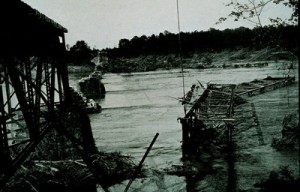Okay, I wasn’t alive in September 1963 (but would be born the following February) when events in Birmingham, Alabama, Washington, DC and Charlotte occurred. But they have made a great impact on my life and the lives of everyone that I know.
I have spent this weekend at our first (of many I hope!) Prince Hall celebration weekend. For those of you that are not familiar with Freemasonry let me give you a little history. Prince Hall, who was a free “Man of Color” along with 14 other men petitioned the Grand Lodge of England for a charter so that they could become a ” “regular Lodge of Free and Accepted Masons”. From those men, who chartered as African Lodge # 1 (later changing to African Lodge # 457). In North Carolina, Prince Hall Masonry got started in 1865 with the establishment of King Solomon Lodge # 1 in New Bern, North Carolina under the guidance of the New York State Grand Lodge. Paul Drayton Lodge # 7 here in Charlotte was the first Lodge established in this area and chartered September 19, 1872. Other Lodges in the Charlotte area soon followed and according to James Harrell, who wrote the history of the old 19th and 20th Masonic District which is now split into the 32nd and 33rd Masonic Districts, grew and prospered.
Sunday, September 15 in Birmingham, Alabama. African-Americans were still rejoicing in the spirit of the March on Washington which had occurred just three weeks before while segregationists were reiterating that they would not change and would do anything to maintain the status quo. At the Sixteenth Street Baptist Church, which had been used as a rally point for civil rights protests in Birmingham (which had the unofficial nickname of “Bombingham”) it was just a typical Sunday morning, which was about to change. At 10:22 AM, while people were getting ready for the 11:00 AM service sticks of dynamite planted by members of the KKK exploded and killed four young girls. I cannot begin to image what was going through their parent’s minds when they were frantically searching for their loved ones in the rubble and finding out that your daughter is an innocent victim of someone who is willing to kill to maintain segregation of the races.
Charlotte would not experience that type of violence until 1965, although it had its share of moments during the Civil Rights movement. In 1957 Dorothy Counts, now Scoggins attempted to integrate Harding High School. Images from Charlotte Observer photographer Don Sturkey which made papers around the world shows a young woman attempting to maintain a calm demeanor while walking through a crowd of jeering people:

Photo taken by Don Sturkey – Charlotte Observer via Google Images
While there were scuffles during the lunch counter sit-ins at McCrory’s in Uptown Charlotte, the city managed to escape most of the violence that engulfed other Southern cities until November 1965. In the early morning hours of November 22, the houses of Dr. Walker Hawkins, City Councilman Fred Alexander and his brother Kelly Alexander were firebombed.

Repairs to Fred Alexander’s House – December 1965. From the Kelly Alexander Papers (UNC Charlotte Special Collections) via Google Images
While no one was injured or killed that morning, the city was wakened out of its complacency about its slow and baby steps towards civil rights. Fred Alexander, the first black elected the Charlotte City Council in 1962 and who would later help remove the fence between the white Elmwood Cemetery and the black Pinewood Cemetery was also serving with the reconstituted Mecklenburg Chapter of the NAACP and as Secretary for the North Carolina Prince Hall Grand Lodge.
While events such as the 16th Street Baptist Church bombings or the firebombing of Fred Alexander’s house may not seem relevant today, the lessons that we could take is that while people may go to extreme measure to maintain a way of life, other people must make sure that it doesn’t happen again.
Where did I get my information for today? My pictures and information came from:
Don Sturkey’s photo of Dorothy Counts walking up the stairs at Harding High School – Charlotte (NC) Oberver photograph from tommytomlinson.com via google images (downloaded September 15, 2013)
Repairs to Fred Alexander’s House – Fred AlexandeRr Papers in the UNC Charlotte Special Collections via google images (Downloaded September 15, 2013)
Brief History of the Charlotte Area Prince Hall Masonic Lodges – History of Prince Hall Free Masonry and Appendant Bodies in the Charlotte Area 32nd and 33rd Districts formerly 19th and 20th Masonic Districts and 14th and 24th Order of the Eastern Star Districts compiled by James E. Harrell 33° (Charlotte:Self-Published) 1994
16th Street Baptist Church Bombing – Siblings of the Bombing-Remembering Birmingham Church Blast 50 Years on by Jessica Ravitz (CNN.com, September 15, 2013 updated at 2:05 PM EDT)
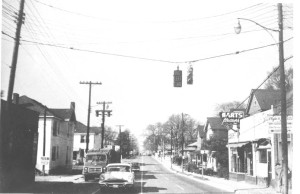





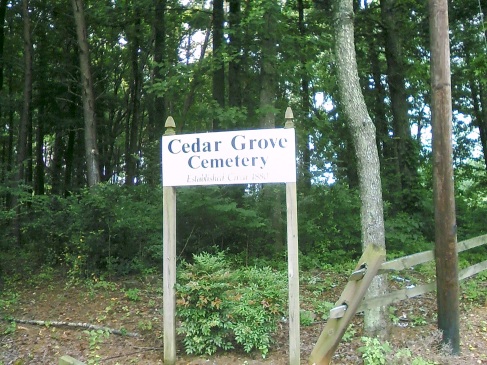

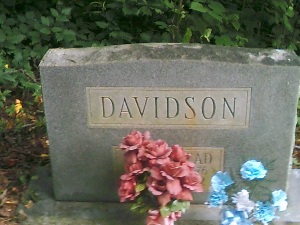

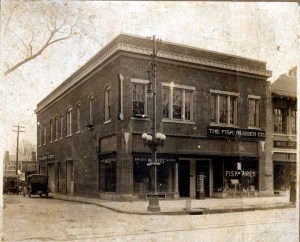


![Asheville Flood, 1916. [From the Schandler Family Collection, UNCA Special Collections via Google Images]](https://perry1644.files.wordpress.com/2013/07/downtown-asheville_july-1916.jpg?w=645)

